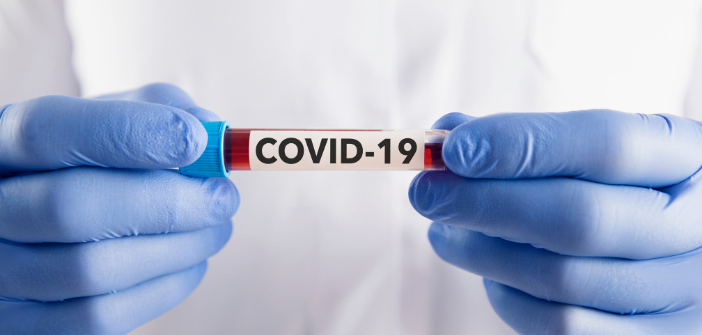The Pasteur Institute has published its new modeling on the potential “epidemic rebound” expected in the fall.*
Here are four key points: 1) Unvaccinated individuals will significantly contribute “to the pressure on hospitals” (unvaccinated people over 60 years — 3% of the population — will account for 43% of hospitalizations); 2) Unvaccinated individuals will also contribute “disproportionately to transmission”; 3) “While lockdowns in 2020 reduced transmission rates by 70-80%,”
Finally, reductions of 20-30% (= simple adherence to health measures + health pass) may now suffice to significantly reduce the impact on the healthcare system” thanks to vaccination.
*In June 2021, we studied how partial vaccination of the French population could change the epidemiology of SARS-CoV-2 and explored the implications for controlling a possible epidemic rebound during fall 2021. We are presenting an update of this work, taking into account the following changes:
Vaccination coverage has reached levels higher than the assumptions made in June;
The patterns observed this summer have confirmed the very high transmissibility of the Delta variant;
New data suggests that, although vaccines remain highly effective against severe forms, vaccine protection against infection decreases for the Delta variant.
The Delta variant results in more severe forms.
In our new reference scenario, we assume a basic reproduction number R0 of 5 (compared to R0=4 in the June analysis), that the risk of hospitalization increases by 50% for those infected with the Delta variant, and that vaccination reduces the risk of infection by 60% for the Delta variant (compared to 80% in the June analysis). Moreover, we assume a vaccination coverage of 70% among 12-17 year olds, 80% among 18-59 year olds, and 90% among those over 60 (compared to 30%-70%-90% in the June analysis). We continue to assume that vaccination reduces the risk of hospitalization by 95% and the risk of transmission if a vaccinated person is infected by 50%.
The main results of the study are that:
Unvaccinated adults contribute significantly to the pressure on hospitals. In our reference scenario, unvaccinated people over 60 years represent 3% of the population but 43% of hospitalizations. It is essential for the vaccination coverage among the most vulnerable to be as high as possible.
Unvaccinated individuals contribute disproportionately to transmission. Control measures targeting this population could maximize epidemic control while minimizing societal impact compared to non-targeted measures.
With the Delta variant, vaccinated people are less well protected against infection, although protection remains very high against severe forms. Furthermore, the more the population is vaccinated, the higher the proportion of vaccinated individuals among the cases. In our reference scenario, it is expected that about half of the infections will occur in vaccinated individuals (while this group represents more than 70% of the population). It is therefore important for vaccinated people to continue respecting health measures and wearing masks to protect themselves from infection and avoid infecting their loved ones.
We expect a third of infections to occur among children and adolescents (compared to nearly half in our June estimates). This is due to the relatively higher proportion of infections among adults because of the decreased vaccine effectiveness against infection with the Delta variant, and the higher proportion of vaccinated adolescents compared to the June simulation assumptions.
Given the characteristics of the Delta variant, stopping all control measures could lead to significant strain on the healthcare system. It is therefore important for current efforts to limit transmission to be maintained. Thanks to vaccination, the intensity of measures needed to keep hospitalizations at manageable levels should be less than what was required before the vaccination campaign. While lockdowns in 2020 reduced transmission rates by 70-80%, reductions of 20-30% could now suffice to significantly reduce the impact on the healthcare system. These reductions could potentially be achieved by applying basic health measures, mask-wearing, some degree of physical distancing, Testing-Tracing-Isolation, and the health pass. Furthermore, increasing vaccination coverage can also reduce the health impact of SARS-CoV-2. Vigilance is needed against any deterioration of the situation.


